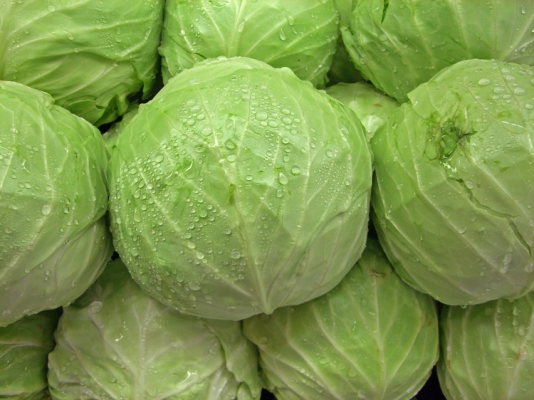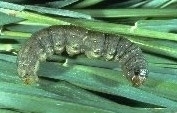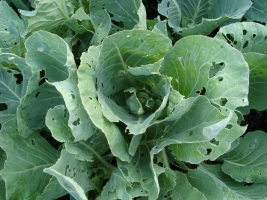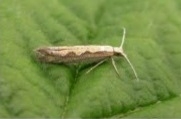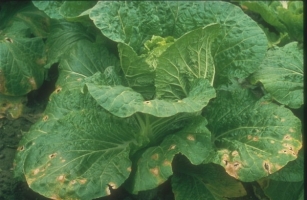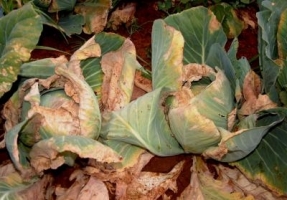Golden acre: Suitable for all regions, early maturing, small plant, 4-5 opened leaves, round green and small size having hard head. The variety gets ready in 60-70 days and it gives an average yield of 94-104qtl/acre.
Pusa Mukta: Round, hard head and attractive light color variety. The variety gets ready in 85-90 days. Summer crop gives an average yield of 84qtl/acre and winter season crop gives an average yield of 125qtl/acre.
Pride of India: Small plant, almost round, green in color and has small to medium size heads. It gives an average yield of 100-125qtl/acre.
Pusa Drum Head: Late variety, mid-long stem, flat green and large size hard heads, high yield variety. It gives an average yield of 156-182qtl/acre.
Other state varieties:
Popular varieties of Cabbage: Golden Acre, Pusa Mukta, Pusa Drumhead, K-1, Pride of india, Kopan hagen, Ganga, Pusa synthetic, Shriganesh gol, Hariana, Kaveri, Bajrang. The average yield is near about 75-80 qtl per acre.
Midseason Market, September Early, Early Drum head, late large drum head, K1

